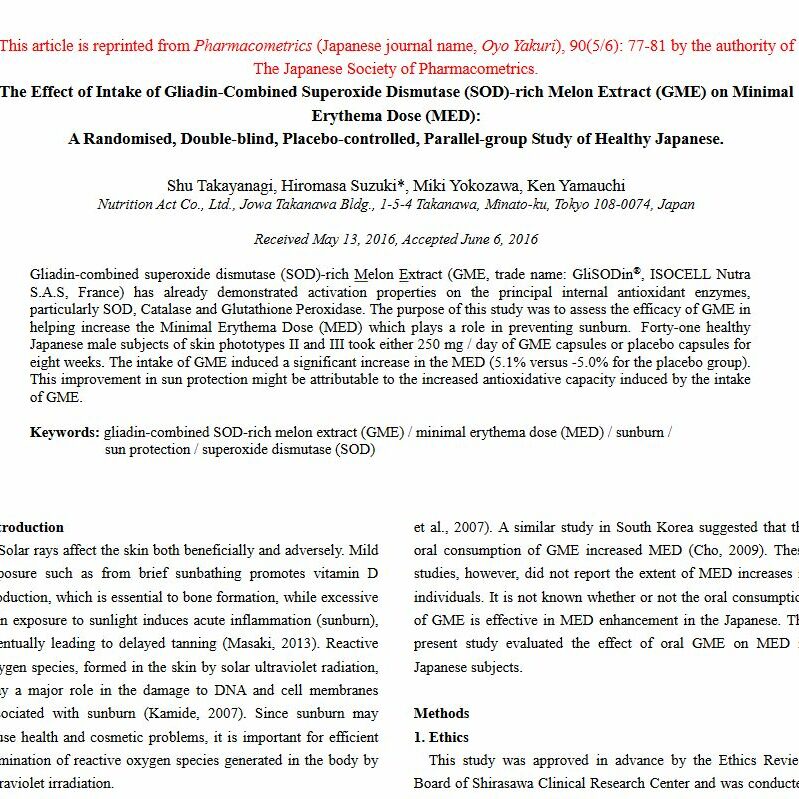
- Journal: Investigative Ophthalmology & Visual Science
- Date: 2006 May
Abstract
Purpose: : Oxidative stress from reactive oxygen species has beenimplicated in many diseases including age–related maculardegeneration, in which the retinal pigment epithelium is a primarytarget. The aim of this study was to evaluate the protectiveeffect of dietary supplementation in Superoxide Dismutase (SOD)on light–induced oxidative stress in a mouse model foraging, the senescence–accelerated mouse prone 8 (SAM P8).
Methods: : Weaning SAM P8 and SAM resistant 1 (SAM R1, controls) were used. Animals were exposed 3 times to light (1900 lux for 7 hours) at 1, 2 and 3 months of age. At 3 months of age and before the last light exposure, animals were treated by gavage with SOD (Glisodine®: 10.8 mg/kg/day) or water during 7days. The scotopic ERG was then recorded and animals were killedin order to measure 1) plasma antioxidant capacity by electronspin resonance using a spin probe CP–H (1–hydroxy–3–carboxy–pyrrolidine),2) superoxide anion levels on retinal cryosections using anoxidative fluorescent probe (dihydroethidium, DHE, 10 µM).
Results: : Light–exposure did not alter the ERG responsesince a– and b–wave amplitudes were unchanged whateverthe strain and the SOD supplementation. However, plasma antioxidantcapacity was increased by 30 % in animals treated by SOD. Superoxideanion levels were increased up to 50% (p<0.01) in the ganglioncell layer, and by 300 % in the outer nuclear layer (p<0.01)in all light–exposed mice as compared to non–exposedanimals. No differences were observed between SAM R1 and SAMP8. Within light–exposed animals, the SOD supplementationsignificantly reduced the superoxide anion levels (p<0.05).
Conclusions: : These results demonstrate that our light–exposure conditions promote retinal oxidative stress without inducing retinal degeneration. The similar results obtained in SAM R1 and SAM P8 animals may be explained by their young age. However, these data suggest that dietary SOD supplementation is efficient to limit retinal oxidative stress by increasing plasma antioxidant capacity.












